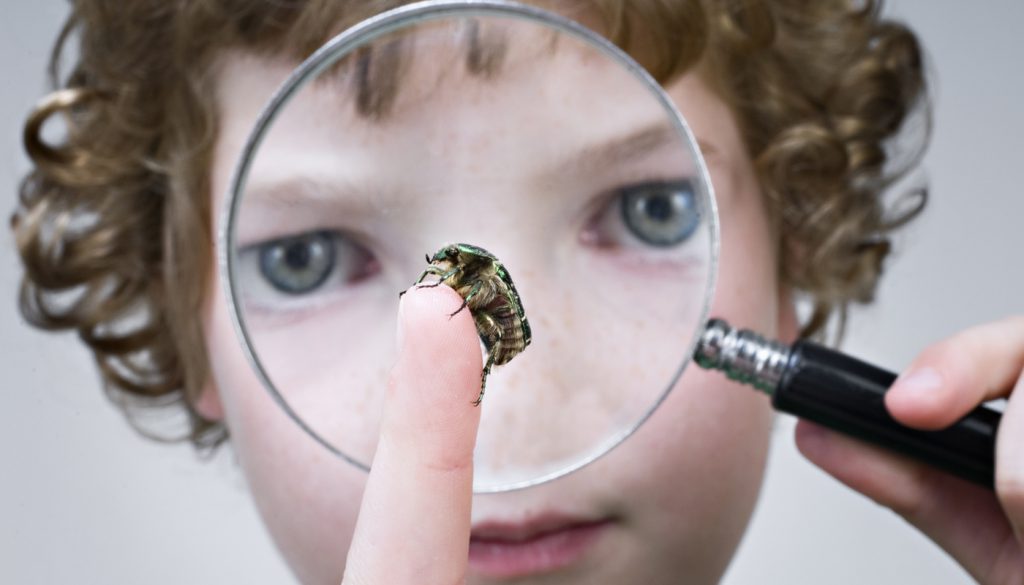It was 12:49 PM, Wednesday. I didn’t have much to do, and I was also hungry and a little bit of sad, so I decided to eat at a nearby restaurant. As I entered the restaurant, I felt very aesthetic vibes, a tantalising aroma of food with sweet music, and the restaurant was lit by daylight and a few dim yellow lamps. I chose a place in the back next to me and ordered food. As my order was being prepared, I was observing the surroundings.
A very young couple sat at the following table. Guy seemed to be very anxious as he was explaining to his partner how he is not able to find a good job and he is depressed. Things took a turn when he asked her you know about sadism? It’s a way to realise your aggression and strengthen your bond with your partner. He explained as she nodded no. Then, for the next half an hour, he explained different techniques, how it’s healthy, and other related stuff. But my mind was struck by one sentence: “It’s a way to realise your aggression.” Does underlying aggression really cause sadism, or is it just an attention-seeking stunt of Gen Z.
If it is an attention-seeking stunt, what factors have contributed to youngsters normalising mental illnesses, or has the competitive environment made them aggressive to a level that they have to find a way out, even if it’s harming someone?
I will discuss everything about aggression, sadism, and risk factors in this blog.
What is Aggression?
The best way to deliver today’s topic is by breaking it into different chunks. Let me start with the basic definitions, and then we will move towards the complexities.
We frequently use the word “aggression” to describe the actions of others and possibly even our own. When people hit or yell at one another, cut off other cars in traffic, or even just slam their fists on the table out of annoyance, we label them aggressive. However, not everyone views some harmful acts as aggression, such as injuries sports players sustain during a rough game or the killing of enemy soldiers during a war because it’s so hard to define aggression. But social psychology has solved the problem by describing it as actions meant to cause harm to someone who doesn’t want to be harmed. It comes in different types that include accidental, expressive, instrumental, and hostile aggression.

What is Sadism?
So picture this: you have a very annoying class fellow constantly bothering you, and one day, the teacher scolds him in front of the whole class. You enjoyed it, right? That is sadism. So basically, we can define sadism as someone who finds joy in causing harm or humiliation to others. Sadists experience pain in other people more intensely than usual. They also take pleasure in it. They do, at least, until it’s over, at which point they might feel bad about it. Sadists enjoy inflicting pain on others or witnessing their suffering daily. They probably like scary movies, think fighting is thrilling, and find torture fascinating.
They are uncommon but not uncommon enough. Six percent of undergraduates acknowledge that they enjoy causing harm to other people. A school bully or an internet troll could be the average sadist. They are probably the “griefer” in online role-playing games who ruins the experience for other players. Violent video games are a common draw for sadists. Furthermore, the more they play, the more insensitive they become.
Why the Every Other Person is Sadist and Aggressive Today?
So, if you observe, you will see every other person. Some phases include but are not limited to: “The world lacks empathy.” “I want to run away.” “I feel angry and annoyed so easily.” In some cases, people may mention that they are sadists and have aggression. So now the question is, do sadists know they are sadists, and do the people who have aggressive behaviour know it is aggression?
Let me be straightforward here: yes, they know it is sadism and aggression, and even if they don’t know the exact terms to describe their behaviour or feelings, they know that “something is not right,” sometimes leading to more annoyance and aggressive behaviour.
I have another interesting question: Why is every other person sadistic and aggressive today?
According to the studies, many factors contribute to aggressive behaviours. Some main reasons are screen time(psychologically speaking, you cannot underestimate the effect of screen time on your brain because the world that they show in video games, movies, reels, and social media can’t relate to our daily lives and the conflict between dream life and reality drives people aggressive and provoke jealousy, dissatisfaction leading to more severe effects such as sadism.). Cultural and personal life experiences can also not be neglected.
For example, our world is faster than ever, and primarily, both parents are working to make a living. Even if not, children’s schedules are such that they cannot spend much time with their families. It causes childhood neglect, and when those kids grow up, they come to know that, OK, we were neglected, or generally speaking, nowadays, people take pride in admitting that they have a troubled childhood or they were neglected, so that is the reason they behave this way.
But in some cases, aggression and sadism are justified, for example, in wars. As in the Palestine Genocide, the way Israel is inflicting unimaginable harm on Palestinians. If Palestinians resist or give a reaction, that form of aggression is justified. But if one wants an example of daily life sadism, Israel is a perfect example, and the nation justifies that the more harm you are, the more victim you will play.
So many times, there are genuine reasons behind sadistic behaviour, and sometimes, it’s due to dissatisfaction, jealousy, and lack of empathy.
How to Leave Aggressive Behaviour Behind?
It’s common for everybody to get angry and frustrated occasionally; in some circumstances, these feelings may easily cause you to react aggressively.
Without a doubt, practising and developing better emotion regulation techniques can have a significant impact. However, seeking help from a mental health professional is always a good idea if aggressive behaviour feels out of control, occurs frequently, or affects your relationships at work and in your personal life.
Aggressive behaviour can easily cause long-lasting physical or emotional harm to other people, animals, and even you, so it’s essential to get help for it as soon as possible. The optimal course of action for managing aggressive behaviour is contingent upon determining the root cause. However, a therapist can provide additional support in identifying triggers and contributing factors.
How Not To Be A Sadist?
Firstly, it requires sadists to admit that they are sadists and that the behaviour is problematic and needs to be corrected right away. Then, two essential measures are necessary: Personal motivation, preventive measures, and professional therapy.
The self preventive measures include:
- Develop stress management skills. When the workload becomes too much, ask for assistance at home and work. Seek ways to de-stress, such as engaging in hobbies, watching films, listening to music, or going for walks. When you’re feeling stressed, try some deep breathing exercises.
- Ensure that you are healthy. Try to get 7 to 9 hours of sleep every night. Consume a balanced diet. Cut back on caffeine. Try giving up smoking if you do. Steer clear of drugs and alcohol. And most important, work out.
- Self-accountability also plays a crucial role. Whenever you engage in sadistic behaviour, talking to a friend or penning down down your thoughts,triggers, and motivation will help you understand and cope with your behaviour.
- Seek professional help: If you think self-preventive measures are insufficient, seek professional help. Professional service usually works in the following steps:
- Behaviour therapy (BT) is beneficial because it assists clients in realising the harm that their sadistic actions cause to others and in changing the way that their problematic behaviour is exhibited.
- Cognitive Behavioural Therapy (CBT): CBT is also advised since it helps clients investigate the relationship between their thoughts, feelings, and actions. CBT should ideally assist a client in rethinking their beliefs and discovering fresh approaches to reacting to their environment.
- Dialectical Behaviour Therapy (DBT): Due to its emphasis on developing mental regulation skills and mindfulness, dialectical behaviour therapy (DBT) can also be beneficial.
Medicines can be used in severe cases, but there are very few studies supporting the evidence that medicines help with sadism for aggression. Your psychologist may refer you to a psychiatrist for medical therapy.
Conclusions:
Aggression and sadism are behavioural issues that, in most cases, are expressed alongside. Aggression is the intent to harm other people, while sadism is the phenomenon of driving pleasure from harming others or seeing them in pain. But in today’s world, both behaviours are not only accepted, but the majority think “it’s cool” to be a sadist and aggressor. Many factors contribute to the behaviour, including but not limited to excessive use of screens, reduced quality time with family, cultural and economic factors, and social situations like war.
The first step to limit and eliminate such behaviours is recognising that they are harmful to others and morally and ethically wrong. The second step is taking self-preventive measures, and finally, if the issues are severe, get help from a professional immediately. Raising awareness and discouraging such behaviours will not totally eliminate sadism and aggression from society but can, of course, help to reduce the cases and make the surroundings a better place.
read also : Who is a Narcissist? I Some facts you should know about


